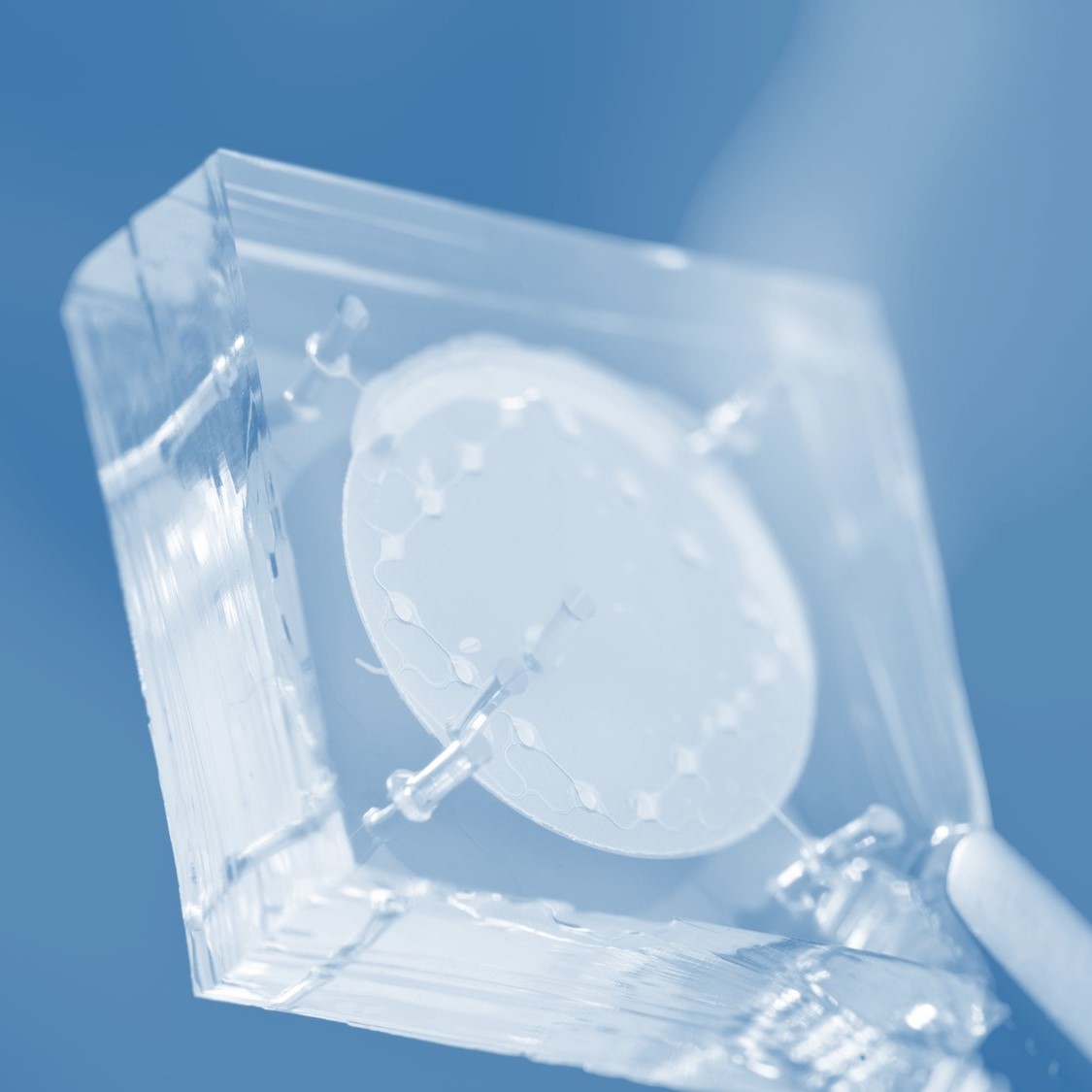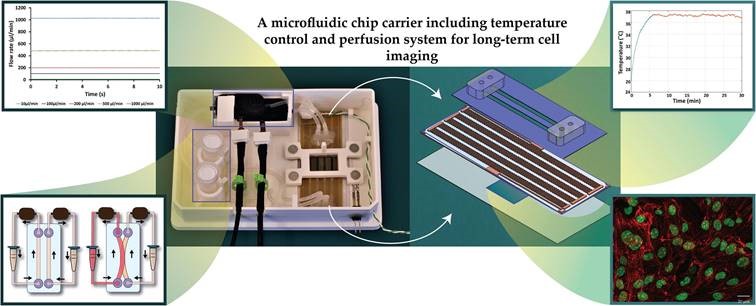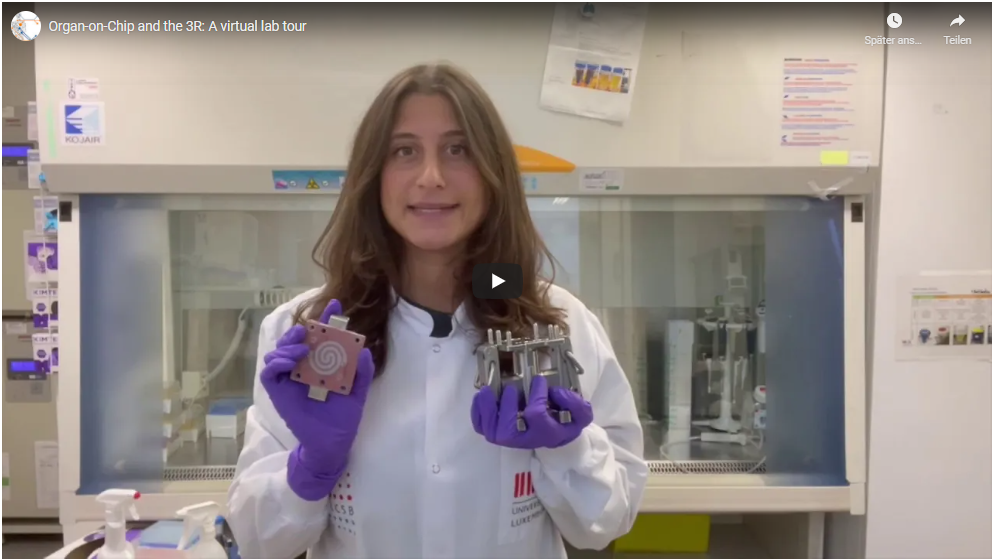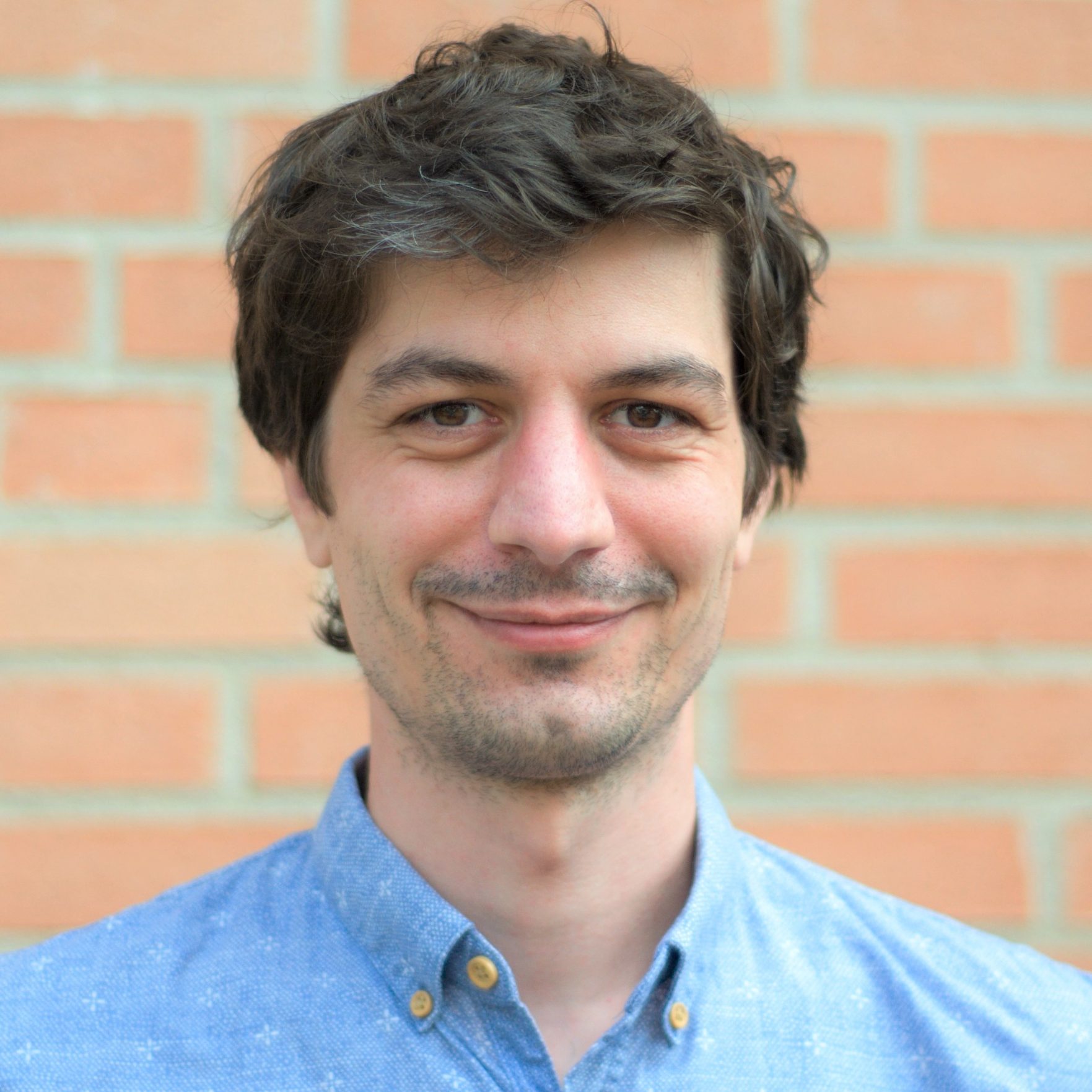Our ESR Stefanie Fuchs (ESR14) together with her supervisor Torsten Mayr (Graz University of Technology) as well as our project partners Christine Mummery and Valeria Orlova (Leiden University Medical Center) and others have published a paper on “On-chip analysis of glycolysis and mitochondrial respiration in human induced pluripotent stem cells”.
The paper deals with in-situ metabolic analysis of dynamic human induced pluripotent stem cell cultures with integrated oxygen and pH sensors.
Read more here.







